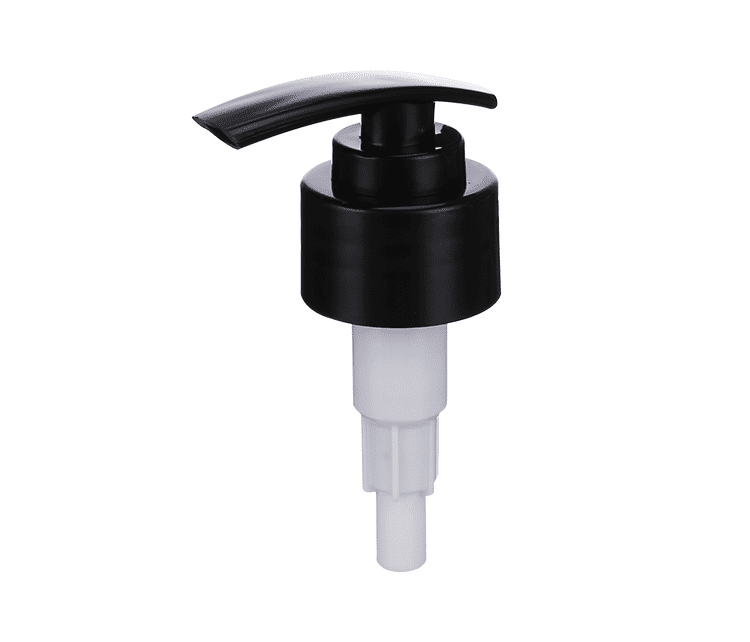- Whatsapp: +8613732201621
- Email: [email protected]
Lotion pumps are widely used in personal care and beauty products, allowing easy and controlled dispensing of liquids like lotions, shampoos, and liquid soaps. Understanding how a lotion pump works can help consumers choose the right pump and troubleshoot common issues.

A lotion pump consists of several key components, each playing an essential role in the dispensing mechanism:
| Component | Function | Common Materials |
| Actuator (Pressing Head) | The top part that users press to dispense the liquid | Polypropylene (PP) |
| Closure (Bottle Cap) | Connects the pump to the bottle, sometimes ribbed for better grip | PP, ABS |
| Pump Housing | Holds the internal components, including the spring and piston | PP |
| Piston | Moves up and down to create pressure for dispensing | PP, Polyethylene (PE) |
| Spring | Pushes the piston back up after pressing | Stainless steel |
| Ball Valve | Controls the one-way liquid flow to prevent backflow | Glass, metal, plastic |
| Dip Tube | Extends into the bottle to draw the liquid | PE |
A lotion pump operates through a simple mechanical process using air pressure and suction:
Pressing the Actuator: When you press the actuator, the piston moves downward, compressing the air inside the pump housing.
Closing the Ball Valve: The downward pressure forces the ball valve to close, preventing liquid from flowing back into the bottle.
Drawing Liquid Up: Releasing the actuator allows the spring to push the piston back up, creating a vacuum that pulls liquid through the dip tube.
Dispensing the Liquid: The liquid moves through the pump chamber and exits through the nozzle, ready for use.
This cycle repeats with every press, ensuring a smooth and controlled product flow.
Lotion pumps come in various designs to meet different product needs. The following table summarizes some common variations:
| Feature | Options | Best Used For |
| Output Capacity | 0.5cc, 1.0cc, 2.0cc+ | Light serums (small), body lotion (medium), shampoo (large) |
| Locking Mechanism | Lock-down, Lock-up, Clip Lock | Travel-friendly, child safety |
| Tube Length | Short, Medium, Long | Matching different bottle sizes |
| Material | Plastic, Metal, Hybrid | Varies based on branding and durability |
While lotion pumps are convenient, they can sometimes malfunction. Here are some common problems and solutions:
| Issue | Cause | Solution |
| No liquid coming out | Air blockage or empty dip tube | Prime the pump by pressing multiple times |
| Pump is stiff | Spring malfunction or product buildup | Clean with warm water or replace the pump |
| Leaking product | Loose closure or damaged seal | Ensure the closure is tightly screwed or replace the pump |
Lotion pumps provide an efficient and hygienic way to dispense liquid products. Understanding their working mechanism and components helps consumers make informed choices and troubleshoot minor issues. Whether you’re in the packaging industry or simply a consumer, knowing how lotion pumps work enhances the user experience.
Privacy Policy | SiteMap
Copyright Hangzhou Hangtianxia Bio Tech Co.,Ltd